It’s traditionally a very straightforward race strategically with overtaking so difficult at Monaco, but pit stop timing is crucial and there’s rain in the air, so let’s take a look at the different options available to the teams for the race…
What’s the quickest strategy?
It’s probably not going to surprise you that it’s a one-stop strategy, because overtaking is extremely tough in the dry in Monaco. That means teams want to prioritise track position and make as few stops as possible, with the timing the most important part.
Given the lack of overtaking that is usually seen on the street circuit, the start is the best opportunity to see any positions change on the short run to Turn 1 at Sainte Devote. So the quickest strategy would see drivers starting on the soft tyre to ensure the highest possible levels of grip off the line when the lights go out.
Then the teams will be wanting to get to between Lap 22 and 32 before making a pit stop for hard tyres, allowing them to run to the end of the race. Unlike some years, Pirelli believes the hard tyre is still limited by the amount of wear it has been showing during practice, meaning drivers can’t simply fit them at the end of the first lap and run to the end.
That makes the pit stop timing crucial, because the earlier you make your stop the greater chance you have of making up a position if you have a clear out-lap compared to another car on old tyres. But if you stop too early then you’ll be really struggling late on.
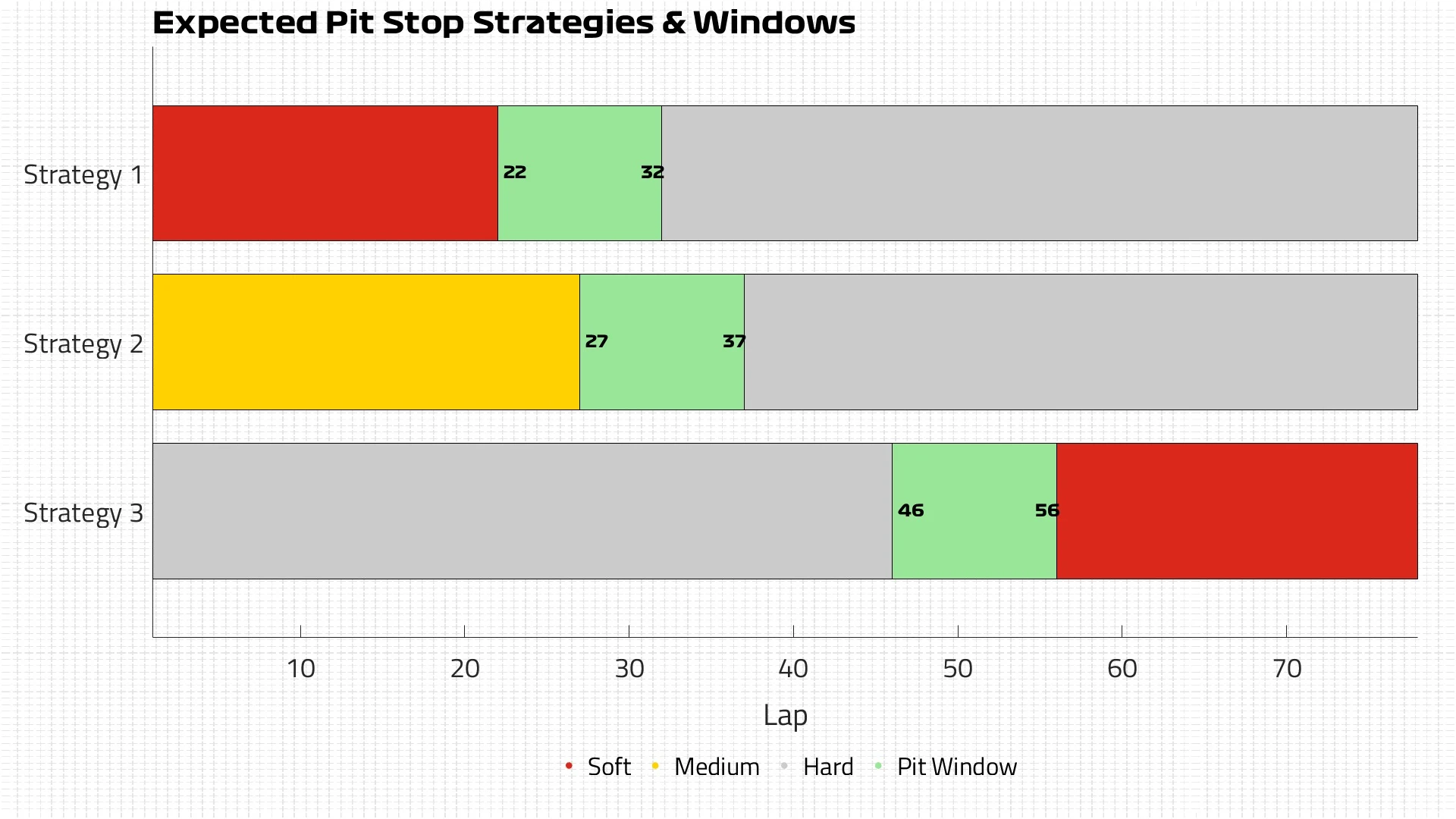
How about a different option for the top 10?
In a similar strategy to the quickest one, a one-stop race starting on the medium tyre is also a possibility. This would see a first stint that is closer to the 35-lap mark before also switching to hards to run to the finish.
The upside of using the medium is the first stint can be extended if needed, especially if there is rain in the air or if a team thinks there could be a Safety Car that would allow a quicker pit stop.
The medium also means a pit stop at the same time as those using softs is possible, and any pace loss isn’t crucial given how easy it is to defend from a quicker car in Monaco.
But the downside is a slightly lower level of grip off the line from the medium compound compared to the soft, which could play a role at the start. As short as the start phase is on this track, every little margin has to be taken into account when picking a strategy, and it’s a lot easier to lose positions than gain by taking risks.
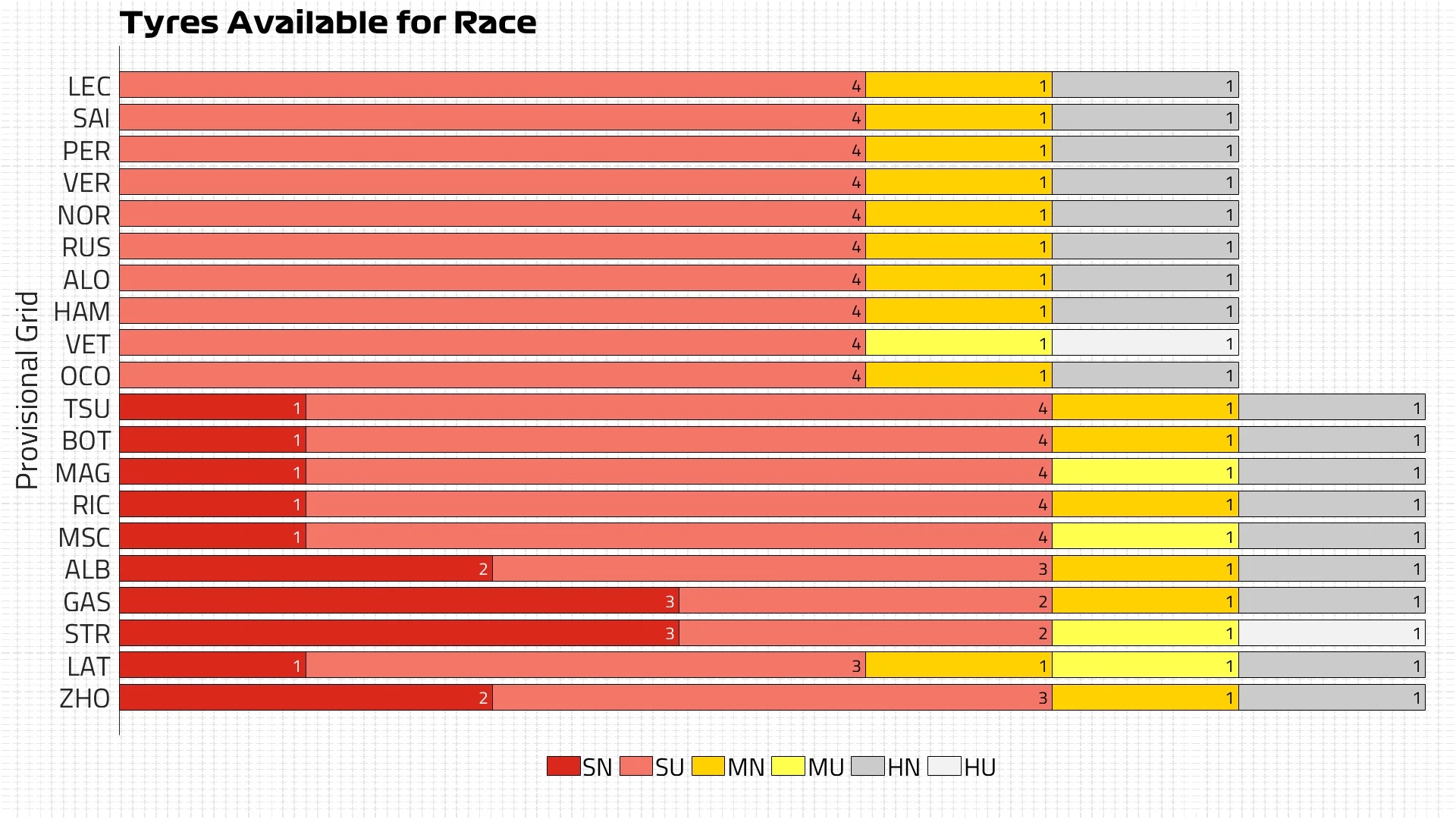
What are the options for the bottom half of the field?
There is a riskier strategic option that could be employed by one of the cars out of position at the back of the field, with Pierre Gasly one who might be considering starting on the hards.
Gasly was in the top seven in all three practice sessions but then was hit by bad timing in Q1 and failed to start his final lap, resulting in him being eliminated in 17th place. So trying to do something different might be considered, with a long first stint on hard tyres.
WATCH: Tsunoda puncture causes frantic finish to Q1 with Zhou, Stroll and Gasly left ruing red flag
Essentially, the aim would be to run long enough for something to happen at the right time. Either a Safety Car that allows a pit stop after everyone else has already made their stops, or heavy enough rain to switch to intermediate tyres.
Should it only start spitting with rain, then the hard tyre will be the worst compound to be on as it is particularly hard to keep the temperatures up, whereas the softer compounds can deal with a little bit of moisture more easily.
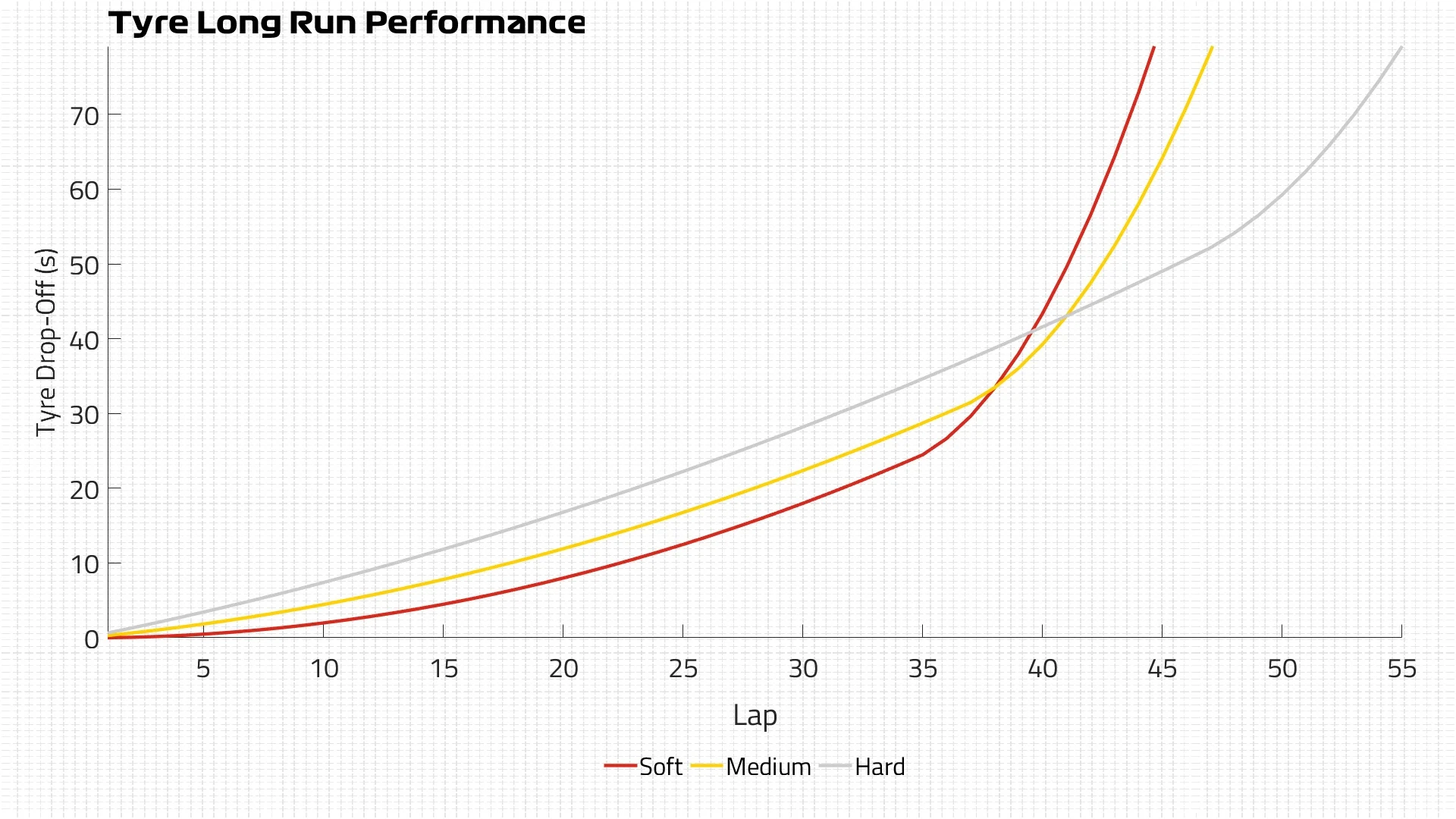
If the first stint goes beyond Lap 40 then Gasly (or anyone gambling on the hards to start with) could pit for medium tyres to go to the end, or try and extend towards Lap 50 and try the softs.
Wait, but what’s the weather doing?
This is where it gets really interesting, because the weather forecast is an exciting one. Hot, dry weather has allowed the drivers to go for flat-out qualifying laps right on the limit, but that could all change for the race.
FACTS AND STATS: Leclerc ties Verstappen on poles, as he continues his run of front-row starts
The official FIA weather forecast has been slowly increasing how likely it thinks rain is to hit the track at some stage, and now says there is a moderate chance of showers throughout the day, increasing as we get closer to the start of the race.
With a 60% chance of rain, teams will be nervously watching the radar and trying to react quickly, but the fact that there could be numerous spells of rain followed by a drying track also means they have to take into account which tyre to be on both at that exact time and in case the weather changes quickly.
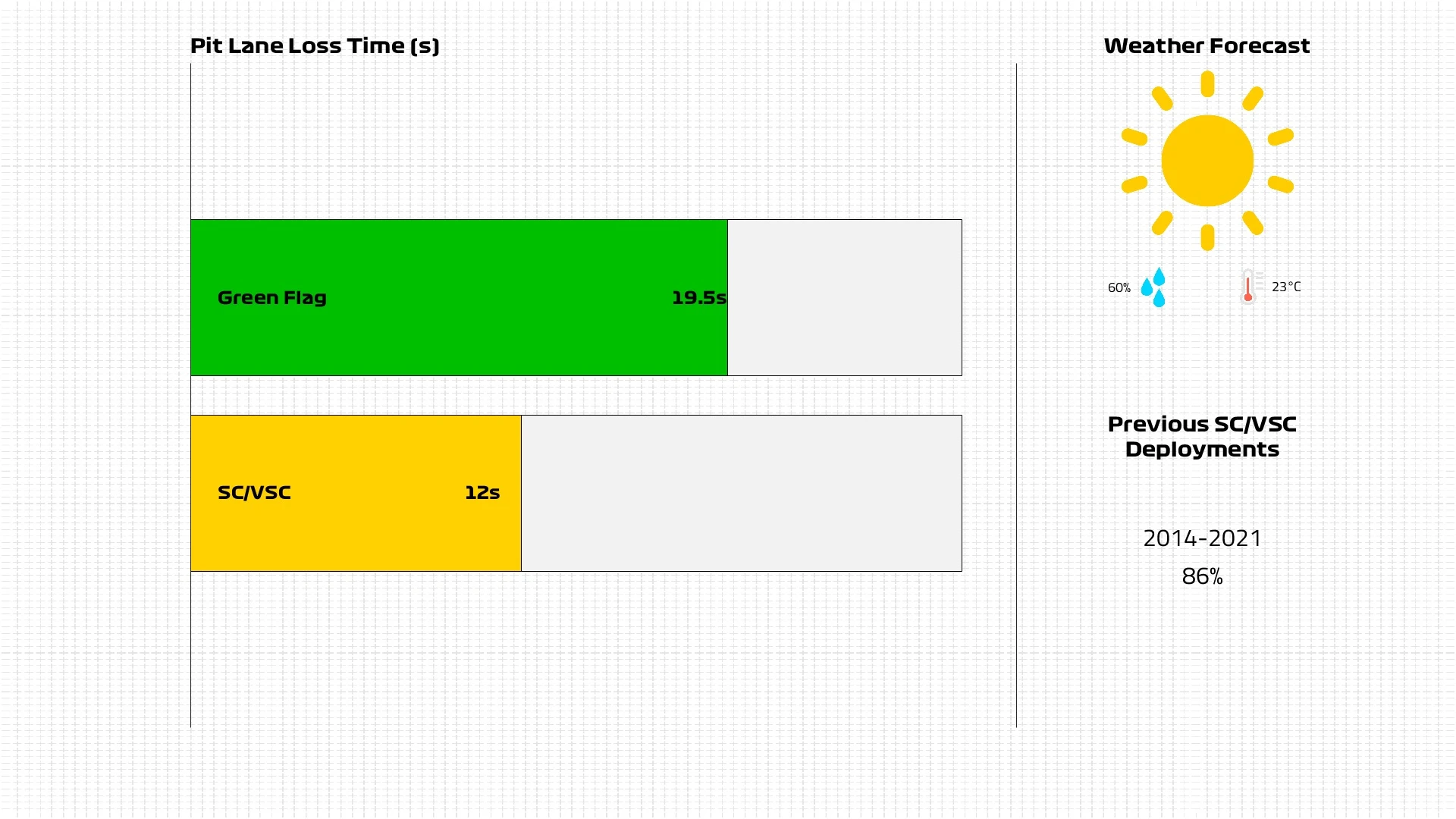
For a reference, the estimated crossover lap time is around the 1m19s/1m20s mark, meaning that when laps are getting that slow teams are likely to switch to intermediate tyres, or if they’re on intermediates then that is the threshold that would likely trigger a pit stop for slicks.
Changing track conditions also make it tough to gauge the life of a set of intermediates, with the tyres wearing down as the track dries but then fresh tyres needed if it rains again.
HIGHLIGHTS: Watch the action from qualifying in Monaco as Leclerc leads Ferrari one-two
Even if it doesn’t rain, however, the track temperature is expected to be much lower than the rest of the weekend due to lower ambient temperatures and cloud cover. Air temperatures have exceeded 30C during practice and qualifying so far, but are forecast to struggle to reach 25C on race day.
That means there is a risk of graining – when little bits of rubber rip off the tyre and then immediately stick back on to the surface – on the front tyres. That would see drivers lose grip and can lead to costly mistakes, or slow lap times while they try to get through that phase.
F1 TV Pro allows you to fully indulge in every corner of Monte Carlo, live and on-demand. Watch across your favourite devices including web, iOS, Android, Amazon Fire, Apple TV, Roku and Chromecast. Upgrade your race weekend and dive into a unique, multi-screen way to watch F1 with exclusive onboard cameras, expert commentary and pre-race shows.
Next Up
Related Articles
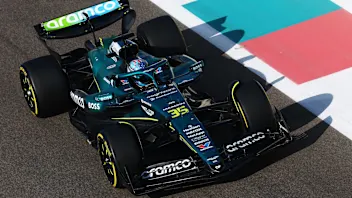 Crawford sets the pace at Abu Dhabi post-season test
Crawford sets the pace at Abu Dhabi post-season test Sainz hopes point-less finish in Abu Dhabi ‘serves as a wake-up call’
Sainz hopes point-less finish in Abu Dhabi ‘serves as a wake-up call’ Russell calls his Abu Dhabi performance ‘dreadful’
Russell calls his Abu Dhabi performance ‘dreadful’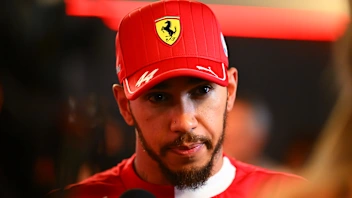 Hamilton 'doesn't have a mindset' for 2026 after tricky year
Hamilton 'doesn't have a mindset' for 2026 after tricky year.webp) VOTE: Choose your favourite race of the 2025 season
VOTE: Choose your favourite race of the 2025 season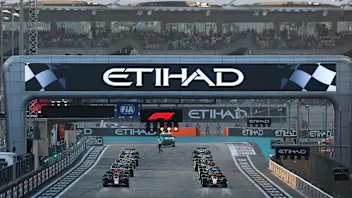 This Week in F110 quiz questions on the Abu Dhabi title decider
This Week in F110 quiz questions on the Abu Dhabi title decider

.webp)